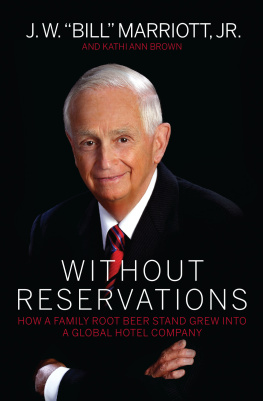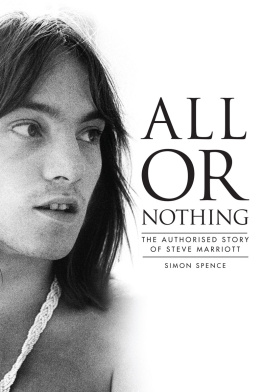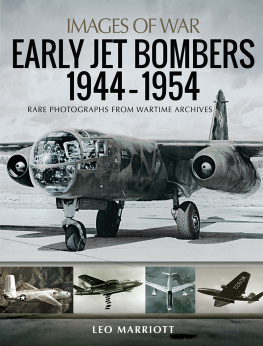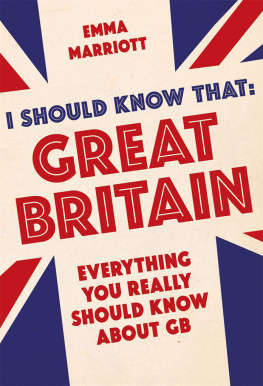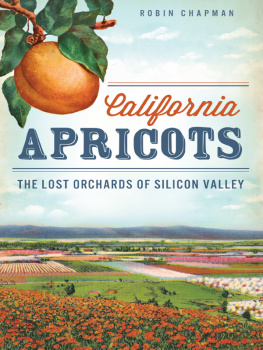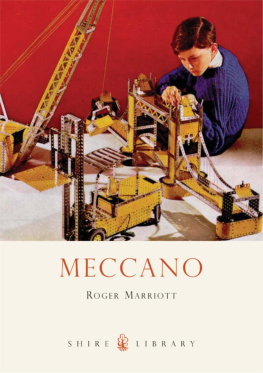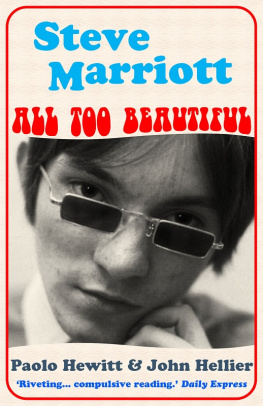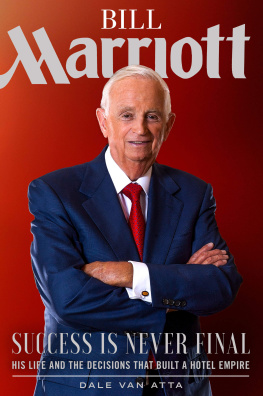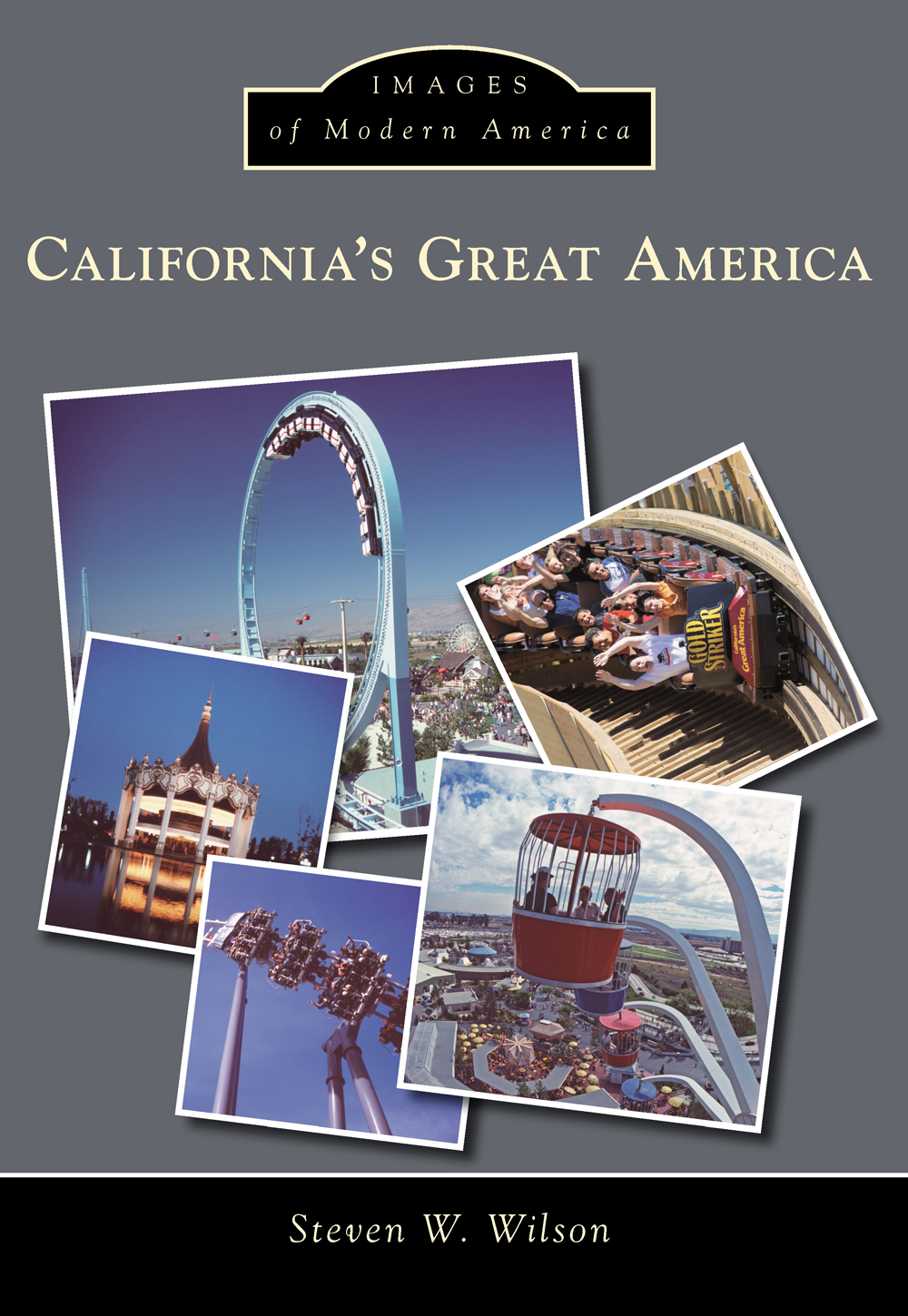
IMAGES
of Modern America
CALIFORNIAS GREAT AMERICA

Theme park designer Randall Duells parks were frequently laid out with pedestrian circulation following a loop. This feature came to be called a Duell loop. The design for Marriotts Great America included a Duell loop with a service corridor placed through the middle. This site plan for Marriotts Great America differs from what was actually built. Notably absent is the Turn of the Century roller coaster, which was added later. (Courtesy of Californias Great America.)
On the Front Cover: Clockwise from top left:
The Tidal Wave roller coaster turns the riders world upside-down (courtesy of Californias Great America; see ).
On the Back Cover: From left to right:
Silver Screen, the 1978 musical production for the Grand Music Hall (courtesy of Californias Great America; see ).
IMAGES
of Modern America
CALIFORNIAS GREAT AMERICA
Steven W. Wilson

Copyright 2014 by Steven W. Wilson
ISBN 978-1-4671-3190-2
Ebook ISBN 9781439645475
Published by Arcadia Publishing
Charleston, South Carolina
Library of Congress Control Number: 2013955126
For all general information, please contact Arcadia Publishing:
Telephone 843-853-2070
Fax 843-853-0044
E-mail
For customer service and orders:
Toll-Free 1-888-313-2665
Visit us on the Internet at www.arcadiapublishing.com
This book is dedicated to my mother, J. Violet Wilson, and in memory of my father, Chester E. Wilson, and in memory of my sister, Shelle. Because of my love of amusement and theme parks, my parents took me to parks all across the country. My little sister was fearless and was the best roller coaster riding partner anyone could ever have.
CONTENTS
FOREWORD
Great America was first and foremost about family. In 1972, when Marriott Corporation announced plans to build and operate theme parks, I said they would be places where families could come together.
My father and I admired what Walt Disney had done by creating Disneyland and Disney World, and what they were doing to redefine the great American amusement park. We wanted our parks to build upon this legacy, but with Marriott style and hospitality.
To do that, we engaged the finest theme park designers and managers for the parks we planned to build in Santa Clara, California, and Gurnee, Illinois. We chose to theme our parks around a subject beloved by the Marriott family. They would celebrate the greatness of America.
It was important to us that our parks be beautiful. Carousel Plaza was the dazzling expression of that vision. Its double-decked carousel, Columbia, provided a magnificent and nostalgic welcome.
Many rides, shops, and restaurants had the Marriott stamp on them. The most personal and nostalgic was The Hot Shoppe in Hometown Square. It was a nine-stool root beer standa replica of my parents first Hot Shoppe. On opening day, my father and mother were delighted as families lined up to buy frosty mugs of root beer for the same price my parents had charged when they first opened in 1927a nickel.
We built Great America with an understanding of what worked well at other parks, though we also wanted to advance theme park operations, services, safety, and technology. Our theme parks were soon recognized as providing outstanding guest services, the finest in food services, thrilling rides, beloved characters (including Bugs Bunny and other Warner Bros. characters), exceptional and abundant shows, and lots of fun for all ages.
We are proud that the legacy of Marriotts Great America theme parks is that they truly became a country of fun for everyone.
J.W. Marriott Jr.
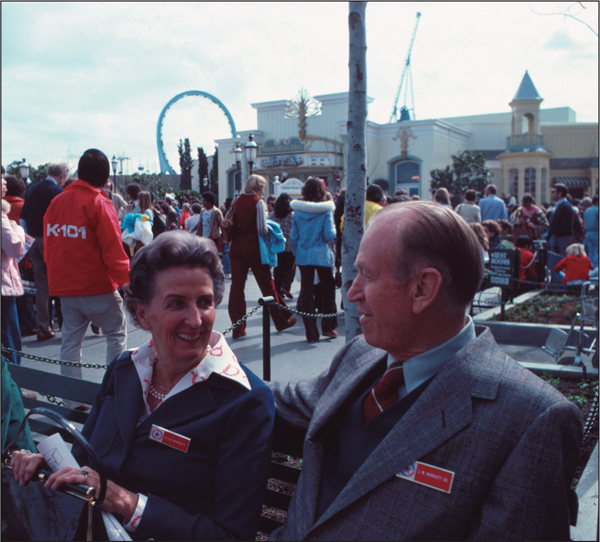
Alice and J. Willard Marriott enjoy each others company outside The Hot Shoppe at Marriotts Great America. (Courtesy of Californias Great America.)
ACKNOWLEDGMENTS
My heartfelt gratitude goes to Roger Ross and Ryan Davies of Californias Great America for their wonderful support, which made this book possible. Also at Californias Great America, I would like to thank the parks vice president and general manager, Raul Rehnborg, along with Tyler Currie, Mark Dusza, Kristen Hager, Bentley Hidalgo, Clayton Lawrence, Steve Motzkus, Kent Russell, Edgar Vidal, Annie Zahiralis, and the rest of the Californias Great America team. Special thanks also go to Morgan Richardson for his valued assistance.
From the parks Paramount era, I wish to thank Jane Cooper, former vice president and general manager of Paramounts Great America and CEO of Paramount Parks Inc. I would also like to thank former vice president and general manager of Paramounts Great America, Gayle Ando Barkley. Others from the Paramount years I wish to thank include Al Garcia, Derek R. Hanna, Nicole Koebrich Johansson, Holly Perez, and Lise Hurst Shannon.
From Marriotts Great America, extra special thanks go to Judi Hadfield and John Poimiroo, who truly went above and beyond. I also wish to thank David L. Brown, Bruce W. Burtch, Rick Faber, Dave Lovett, and Patricia Smith Lytle. Extra special thanks also go to Dave Wolowic, Joseph DiMarco, and Todd Hart from Show Operations. Thanks also go to Show Operations alumni Mark Andrew, Vivian Baughman, Jim Bonfield, Robin Boshears-Ramos, Gary Erwin, Paul Espinosa, Charles Fulcher, Douglas A. Hagdohl II, Susan Kimrey Leone, Theo Martinez, Trudi Stillwell Melohn, and Wayne Toigo.
Extra special thanks must go to Mary Hanel, local history librarian at the Santa Clara City Library. Thanks, too, go to Carol McCarthy, former Santa Clara assistant city manager, and David Andre and Steve Van Dorn of the Santa Clara Chamber of Commerce. Special thanks also go to Leigh Poitinger of the San Jose Mercury News.
From Great Coasters International Inc., I wish to thank Chris Gray, Clair Hain Jr., and Jeff Pike, with special thanks to Michael L. Boodley and Jake Spotts. From the National Roller Coaster Museum and Archives, special thanks go to Richard Munch. Thanks also go to Carole Sanderson, Gary Slade, and Jerry Willard. From the American Coaster Enthusiasts, I would like to thank Peter Dusza, Andrew Hansis, Nicholas Laschkewitsch, Barbara Lawson, David Lipnicky, Kim Pedersen, Kristopher Rowberry, and Colleen Whyte, with special thanks to Scott Rutherford.
Others I wish to thank for their kind assistance include James Alder, William Forsche, Matthew Gustafson, Mark Rosenzweig, Tom Schott, and Sasha Sylvestre. Extra special thanks go to Julie Whitted of Carowinds.
All photographs appear courtesy of Californias Great America unless otherwise noted.
INTRODUCTION
Californias Great America, originally built as Marriotts Great America, started out as Fess Parkers Frontier Worlds. Parker was most famous for his acting roles as Davy Crockett and Daniel Boone. He announced his proposed theme park complex in May 1972. By August 1972, it was announced that Fess Parker had hired noted theme park designer and architect Randall Duell to design Frontier Worlds.
Randall Duell reportedly brought Parker and Marriott Corporation together on the Santa Clara project. Duell had also been working with Marriott on plans for its own theme parks. In January 1973, David L. Brown, group vice president of theme parks for Marriott, announced that Marriott had taken over the financing and projected a 1975 opening date for the park. Fess Parker then announced the name change of the park from Fess Parkers Frontier Worlds to Marriotts Great America, noting that it was not often that an actor was willing to give up top billing. In June 1973, it was announced that Parker would exit the Marriotts Great America project and had sold 419 acres for the project to Marriott.
Next page

